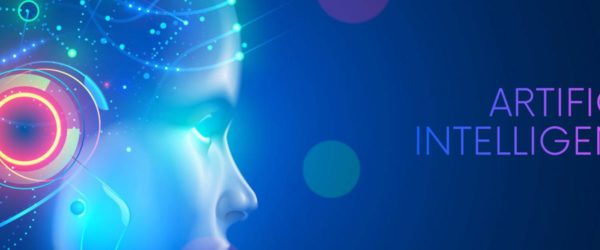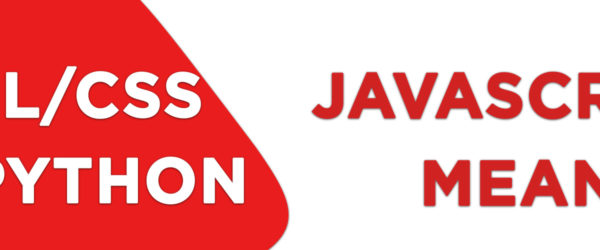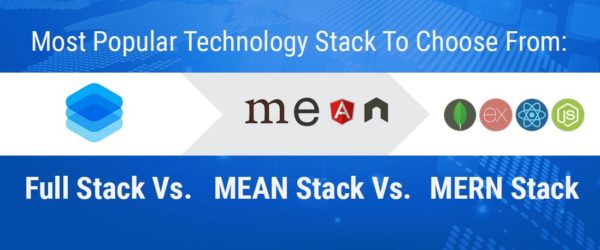Data types associated with Big Data investigation are many: organized, unstructured, geographic, constant media, normal language, time arrangement, occasion, organize and connect. It is fundamental here to recognize human-produced data and gadget created data since human data is regularly less dependable, noisy, and unclean.
A summary of each type is given below.
- Structured data: data put away in lines and segments, generally numerical, where the significance of every data thing is characterized. This sort of data establishes about 10% of the present absolute data and is open through the database of the executive’s frameworks. Model wellsprings of structured (or customary) data incorporate authority enlists that are made by legislative foundations to store data on people, undertakings and genuine homes; and sensors in ventures that gather data about the procedures. Today, sensor data is one of the quickly developing zones, especially that sensors are introduced in plants to screen development, temperature, area, light, vibration, weight, fluid, and stream.
- Unstructured data: data of various structures like for example text, picture, video, report, and so forth. It can likewise be as client grievances, contracts, or inside messages. This sort of data represents about 90% of the data made in this century. Truth be told, the volcanic development of web-based life (for example Facebook and Twitter), since the center of the most recent decade, is liable for the significant piece of the unstructured data that we have today. Unstructured data can’t be put away utilizing customary social databases. Putting away data with such an assortment and intricacy requires the utilization of satisfactory stockpiling frameworks, generally alluded to as NoSQL databases, for example, MongoDB and CouchDB. The significance of unstructured data is situated in the installed interrelationships that may not be found if different sorts of data are thought of. What makes data created in internet-based life not the same as different sorts of data is that data in online life has an individual taste.
- Geographic data: data identified with streets, structures, lakes, addresses, individuals, work environments, and transportation courses, that are created from geographic data frameworks. These data interface between spot, time, and properties (for example elucidating data). Geographic data, which is computerized, has immense advantages over conventional data sources, for example, maps, for example, paper maps, composed reports from pilgrims, and spoken records in that advanced data are anything but difficult to duplicate, store, and communicate. All the more significantly, they are anything but difficult to change, process, and dissect. Such data is valuable in urban arranging and for observing natural impacts. A part of the insights that are associated with spatial or spatiotemporal data is called Geostatistics.
- Real-time media: real-time spilling of life or put away media data. A unique quality of real-time media is the measure of data being delivered which will be all the more befuddling later on regarding stockpiling and preparing. One of the principle wellsprings of media data is administrations like for example Flicker, Vimeo, and YouTube that produce a colossal measure of video, pictures, and sound. Another significant source or real-time media is video conferencing (or visual joint effort) which permits at least two areas to convey at the same time in two-manner video and sound transmission.
- Natural language Data: human-produced data, especially in the verbal structure. Such data vary as far as the degree of deliberation and level of publication quality. The wellsprings of natural language data incorporate discourse catch gadgets, land telephones, cell phones, and the Internet of Things that create huge sizes of text-like correspondence between gadgets.
- Time-series: an arrangement of data focuses (or perceptions), commonly comprising of progressive estimations made over a time stretch. The objective is to recognize patterns and abnormalities, distinguish setting and outside impacts, and look at individuals against the gathering or think about individuals at various times. There are two sorts of time series data:
- nonstop, where we have a perception at each moment of time, and
- where we have a plan at (usually routinely) isolated ranges. Examples of such data include sea tides and determining the degree of joblessness every long time of the year, the time by time shutting view of the Dow Jones Industrial Average, checks of sunspots.
- Event data: data generated from the ordering between outside events with time series. This needs recognizable evidence of important events from the unimportant. For instance, data known with vehicle accidents or mishaps can be found and broke down to help understand what the vehicles were doing before, during, and after the event. The data in this model is generated by sensors arranged in more suitable places of the vehicle body. Event data comprises of three mains snippets of data:
- the project, which is just the event,
- timestamp, the time when this event happened, and
- state, which represents all other data related to this event. Event data is usually called as rich, denormalized, selected, and schemaless.
- Network data: data matters exceptionally large networks, for instance, informal areas (for example Facebook and Twitter), data networks (for example the Www, natural networks (for example environmental, biochemical and neural networks), and mechanical networks (for example the Internet, phone and transportation networks). Network data is spoken to as hubs associated using at least one kind of connection. In informal organizations, hubs usually speak to individuals. In data networks, hubs speak to data things (for example web pages). In mechanical networks, hubs may speak to Internet gadgets (for example switches and centers) or phone switches. In natural networks, hubs may speak to neural blocks. A vital part of the interesting work here is on network building and relationships between network hubs.
- Linked data: data that is based in official Web advancements, for Ex. URIs, RDF, HTTP, SPARQL, and to share data that can be semantically challenged by PCs (rather of serving human needs). This permits data from multiple sources to be associated and read. The term was authored by Tim Berners-Lee, head of the Www Consortium, in a structure note of the Semantic Web venture. This venture permitted the Web to associate related data that wasn’t linked in the past by giving the rules and bringing down the barriers to connecting data presently linked. Examples of archives for linked data incorporate.
- DBpedia, a dataset containing extricated data from Wikipedia,
- GeoNames, RDF depictions of more than 7,500,000 geographical highlights around the world,
- UMBEL, a lightweight reference structure of 20,000 subject idea classes and their connections got from OpenCyc, and
- FOAF, a companion of a companion, a dataset portraying people, their properties, and connections. Linked open data is another undertaking that objectives linked data with open substance.
At last, every data type has various prerequisites for investigation and postures various difficulties. On a basic level, the translation of data is known however by and by, no one has the full picture.





